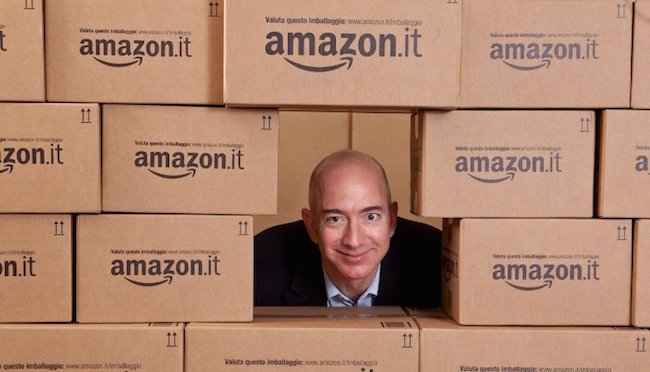By Eva Richardson – The Logistic News
In recent years, logistics has undergone a quiet revolution—one defined less by spectacle than by structural change. And with its latest $15 billion investment in 80 new U.S.-based distribution hubs, Amazon is making clear that it no longer sees logistics as a back-office function. It is the front line of competitive advantage.
More than a growth plan, this is a reengineering of scale—built not just for reach, but for resilience.
Decentralization as Strategy
The days of relying on a few mega-warehouses and port-adjacent facilities are giving way to a new model—one that prioritizes geographic dispersion and operational redundancy.
Amazon’s new fulfillment blueprint favors smaller, strategically positioned hubs located closer to major customer zones. These facilities will allow the company to shorten last-mile distances, absorb regional disruptions, and adapt quickly to local demand shifts.
“It’s a logistics latticework,” explains Sarah Kim, a consultant specializing in network optimization. “The goal isn’t to be fast in general—it’s to be fast everywhere, at once.”
Smarter, Not Just Faster
Each new site will be built around real-time intelligence. Predictive systems will model buying patterns, restock inventory before shortages emerge, and reroute orders in response to weather, infrastructure issues, or surges in traffic.
The emphasis on automation is unmistakable—but it’s not about replacing workers. It’s about creating consistency where human fatigue or variability could previously disrupt flow. Technicians, analysts, and maintenance specialists will become the core workforce—trained to support and enhance the performance of machines, not be displaced by them.
A Logistics Network That Thinks in Contingencies
Perhaps the most defining feature of this strategy is its inherent flexibility. If one hub fails—due to extreme weather, equipment malfunction, or regional instability—others will pick up the load. Not as a workaround, but by design.
This level of resilience, baked into the architecture, is what separates Amazon’s current vision from past models that prized efficiency above all else.
“In the past, we optimized for cost per unit,” Kim says. “Now, we’re optimizing for continuity under pressure.”
Local Roots, Global Signals
Beyond speed and structure, the economic dimension of the investment is substantial. Municipal governments are lining up to host the new hubs, offering tax incentives, infrastructure support, and job training partnerships.
But the real message may be international. In an era of trade realignment and supply chain nationalism, Amazon is quietly re-shoring its most critical logistics functions. The U.S. is no longer just a consumption market. It’s becoming, again, a logistics hub in its own right.
Conclusion
Amazon’s $15 billion logistics strategy is about much more than warehouses. It reflects a turning point in how major players view supply chain design: not as a fixed map, but as a living network—capable of adapting, learning, and responding to uncertainty in real time.
It’s not a revolution of speed. It’s a revolution of control.























